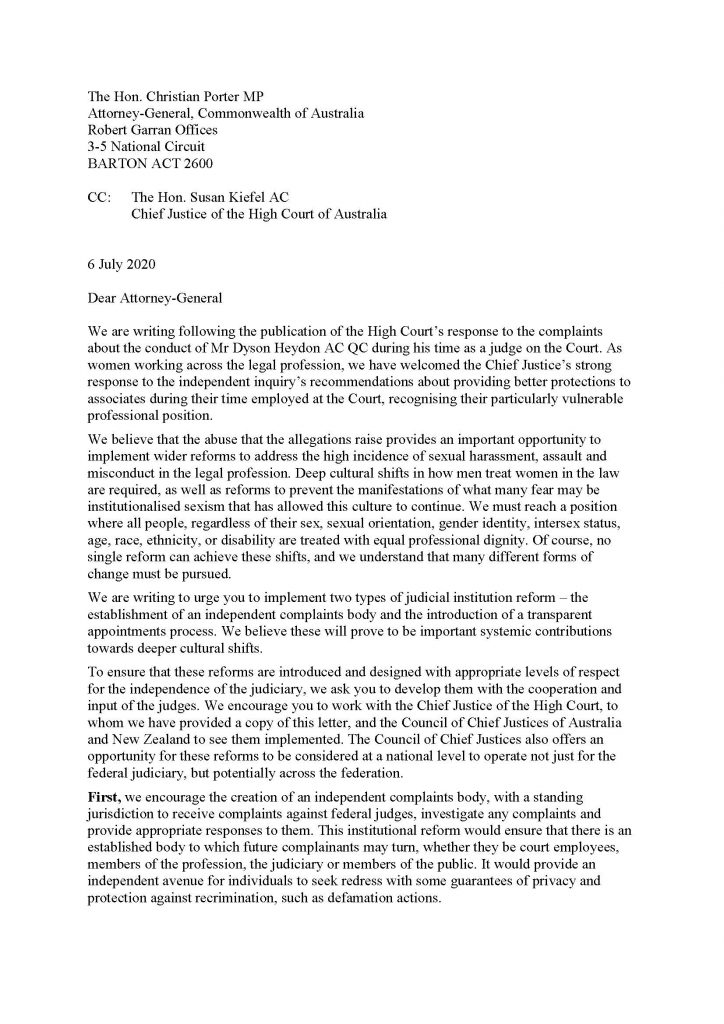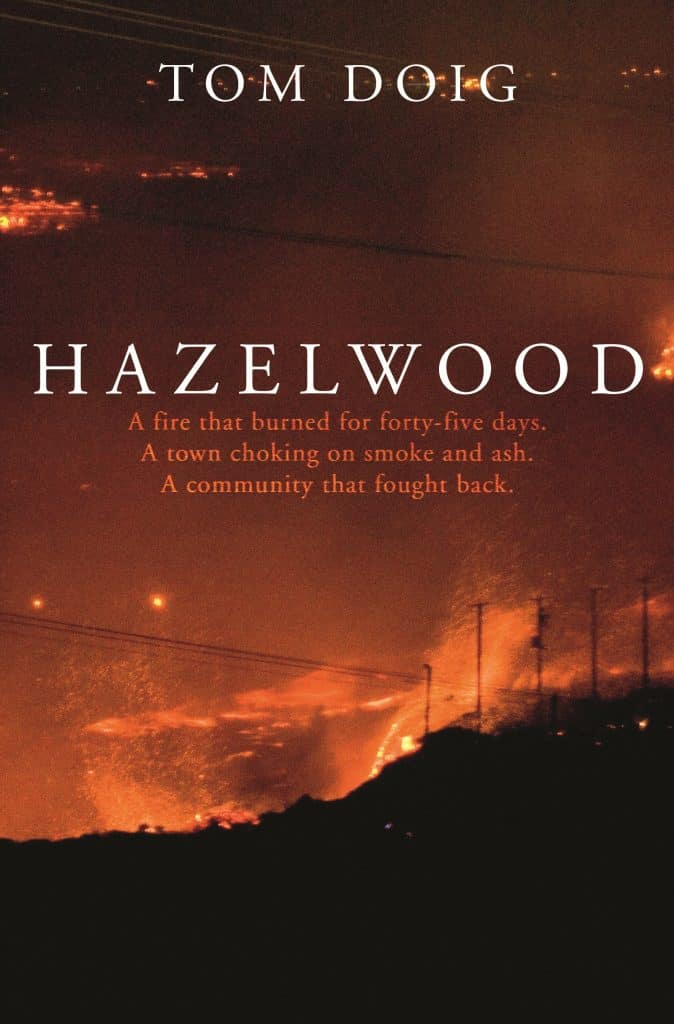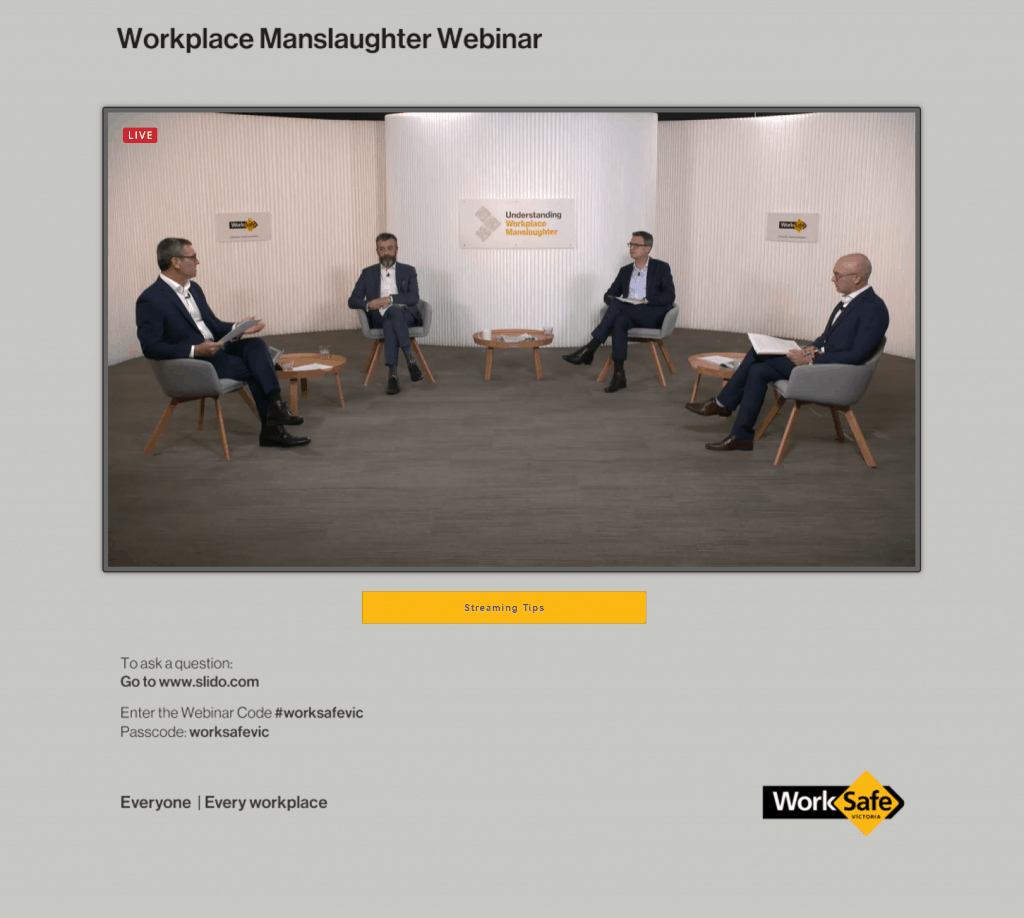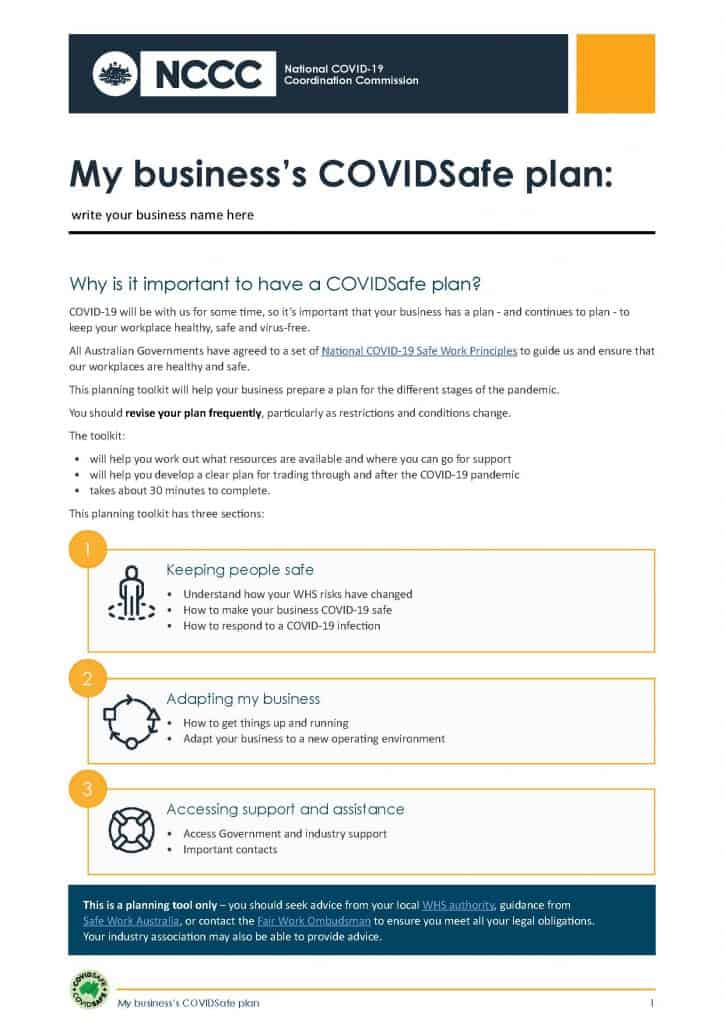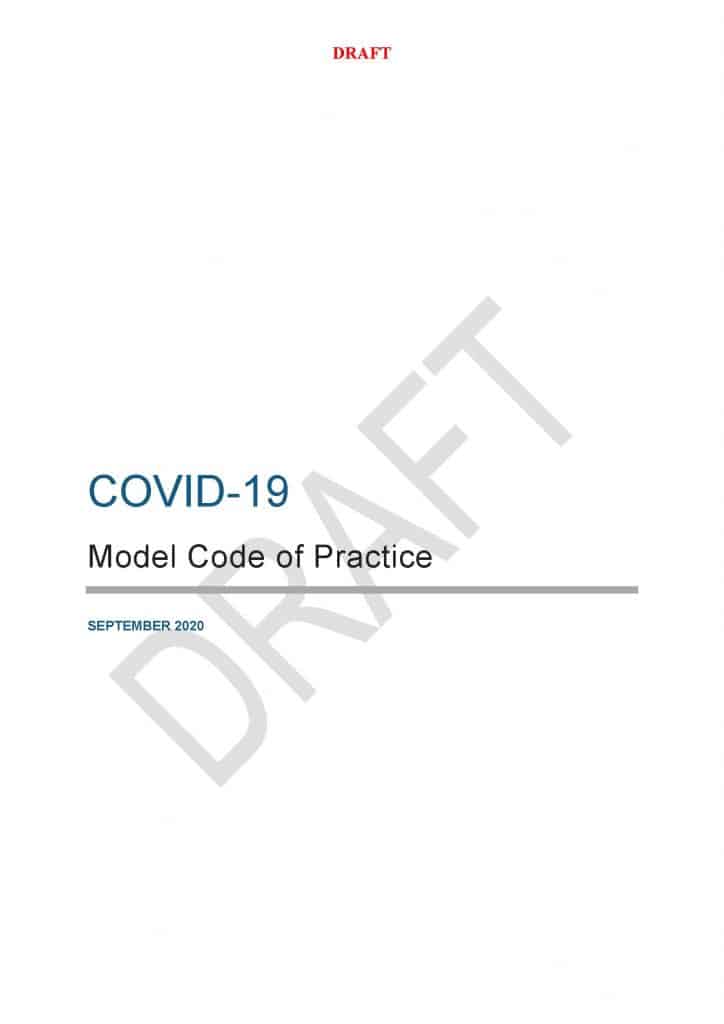
In mid-September the Australian Government released a draft work health and safety Code of Practice about the management of COVID19. It is a good draft to which occupational health and safety (OHS) professionals should submit comments as COVID19 or similar coronaviruses are going to be part of our working lives for many years to come.
The curious part of this draft Code is that it was released by the Attorney General’s Department (AGD) and not its subsidiary Safe Work Australia (SWA).


